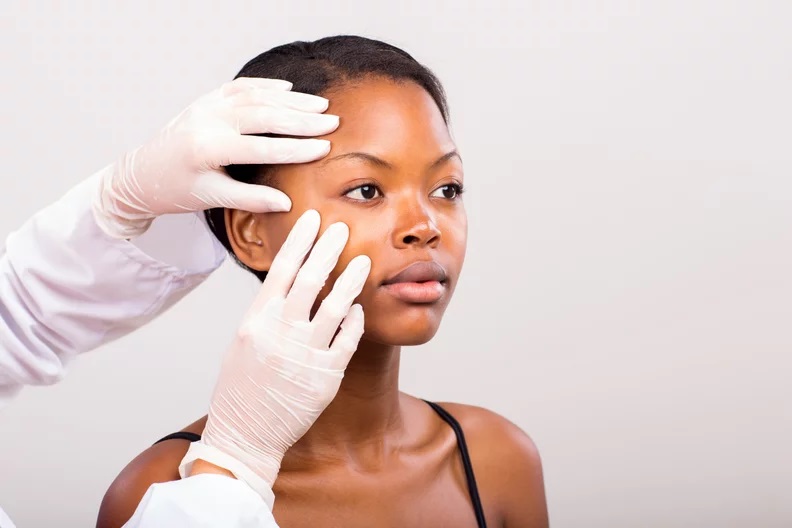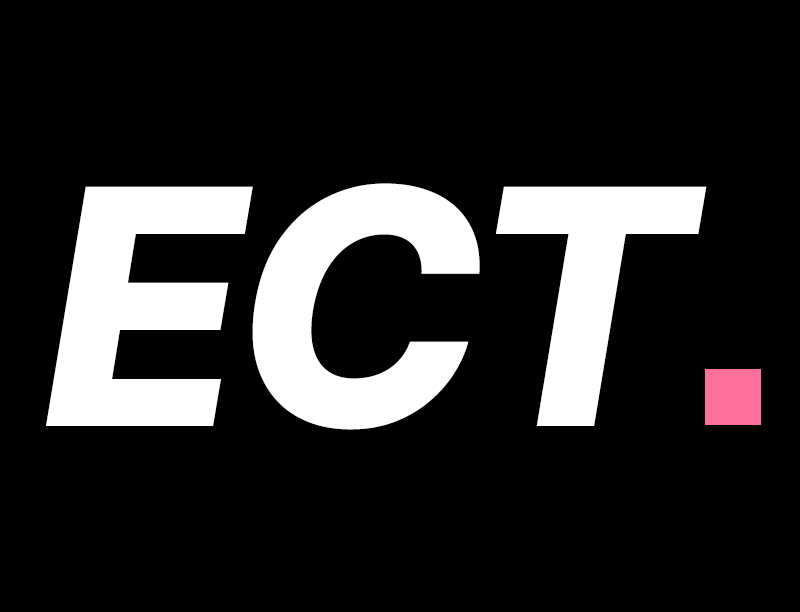Beauty marks, Black Girl freckles, moles, The Morgan Freemans, sun spots – these are some of the names the girlies have given to those small, often-raised, dark drown dots splattered in a freckle-like pattern across the cheeks, temples, and jawline.
And while most of the time, It’s just that, beauty marks or freckles (yes, even melanated skin can have freckles), sometimes these dark marks or lesions are what the medical fraternity calls Dermatosis Papulosa Nigra or DPN for short.
What Is DPN, And Should You Start Panicking?
@skinfiltrator Common Skincare Conditions in Black Skincare: DPN #blackskincare #blackskincareroutine #dermatosispapulosanigra ♬ Roxanne – Instrumental – Califa Azul
DPN or Dermatosis Papulosa Nigra is the appearance of small brown or black bumps on the surface of the skin. They’re similar to freckles but aren’t flat on the skin.
These marks or dots are usually more raised and seem to appear as variants of seborrheic keratosis (non-cancerous skin growth) and are often the same color as the skin but slightly darker.
DPN moles are benign and are known to mainly appear on the cheeks, temples, jawline, and upper torso. In some cases, however, these skin tags can also be spotted on other parts of the body.
As for whether you need to panic, the answer is no.
Apart from the fact that DPN dots increase in size and number as you grow older, the fact that they’re benign should tell you that they’re nothing to worry about.
However, if you don’t like their appearance on your skin, some treatments can help remove them (more on that below).
So, What Causes DPN?

Medical practitioners are still not sure what causes DPN, but these lesions are most prominent among Black, Asian, and Indigenous groups. They’re most notably the distinguishable features of renowned actor Morgan Freeman (even Beyonce has them).
This thereby links the condition with people with darker skin. Additionally, the appearance of the bumps on the face, neck, and torso also leads experts to suspect that the bumps are more likely to appear on sections of the body regularly exposed to sunlight (which makes sunscreen application incredibly vital for melanated skin types).
While the bumps are typically harmless and non-cancerous, the condition has also been noted to run in families and, therefore, may be hereditary. The condition tends to start presenting in adolescence, and, in some cases, the papules may increase in number and size as you age.
What’s The Best Way To Deal With DPN?
View this post on Instagram
First and foremost, DPN isn’t contagious and, in most cases, doesn’t cause physical pain or discomfort.
However, if you’re all about glass skin and that honey-glazed donut skin effect, you might not appreciate having black dots across your face. In that case, you should visit your dermatologist, who will conduct a visual examination and advise you on the best way forward.
Some of the methods they use to remove DPN include:
1. Cryotherapy

This DPN removal technique involves the use of liquid nitrogen. This freezes the lesions, making it easy to remove them.
However, there’s a significant possibility of discoloration, scarring, and post-inflammatory hyperpigmentation (as well as hypopigmentation), which makes it a least favorite DPN removal procedure among dermatologists.
2. Curettage
This method involves using a surgical instrument (a curette) to scrape away the lesions from the surface of your skin.
Curettage is usually reserved for large or atypical-appearing bumps and carries a risk of hyperpigmentation, especially on darker skin tones.
3. Electrocautery/ Advanced Electrolysis
View this post on Instagram
Two DPN removal methods use electric currents. The first is electrocautery or advanced electrolysis.
With this procedure (which dermatologists also refer to as thermal cautery), an electric current is run through a small probe with a fine needle electrode tip to burn (cauterize or destroy) the raised skin tissue.
PSA: The process can be uncomfortable (like microneedling) but is considered the most effective way to manage DPN. Also, there is a small risk of scarring or hyperpigmentation afterward.
4. Electrodesiccation
This is the second DPN removal treatment that involves using electric current. However, unlike electrocautery, electrodessication involves dehydrating and destroying superficial tissue.
The electrode remains cool/cold, and the current passes through the tissue without touching the surrounding skin.
The skin bumps are desiccated using an electrical needle-like tip until the bumps turn grayish. A dermatologist will usually apply a topical anesthetic before the procedure to make it more comfortable.
PSA: Based on the size of the DPN mole, electrodesiccation might be followed with curettage to help snip off some of the remaining lesions. This method is considered safe and more effective since it features minimal to no scarring.
5. Laser Therapy

Laser therapy is the most expensive DPN removal treatment, but unlike the other procedures, it allows for better precision and the ability to treat multiple lesions.
Small scabs might form with laser, but they will fall off several days post-treatment.
The Nd: YAG laser (with a wavelength of 1064nm) is the most recommended for darker skin tones as it coagulates melanin in the lesions and the blood vessels that supply the mole. You might experience a little discomfort, but there are minimal side effects.
What Is The Recommended DPN-Removal Aftercare?
After treatment, avoid picking at your lesions and minimize sun exposure.
Also, don’t use anti-aging products (alpha-hydroxy acids) or skincare products with abrasive ingredients that could trigger irritation or photosensitivity.
Slather on your SPF 30+ daily, and do not apply makeup to the treated area for three to six days after treatment.
In case of any adverse reactions, make sure to contact your doctor ASAP.
One Thing To Note About DPN
Cauterizing, electrodesiccation, and laser therapy are temporary solutions. You’re aging, and so is your skin. And since you are predisposed to DPN spots, they might come back over time, but not necessarily in the same locations.
So, be gentle with yourself. Keep applying sunscreen, hydrate obsessively, and when/if the DPN bumps come back, you can either decide to love on them or do another treatment. It’s all on your sis.
All we’re trying to say is you’re beautiful, and if anything, these dark dots are just a testament to your wisdom – they’re ‘wisdom markings’ that tell the story of the beautiful life lived by you, Queen!








